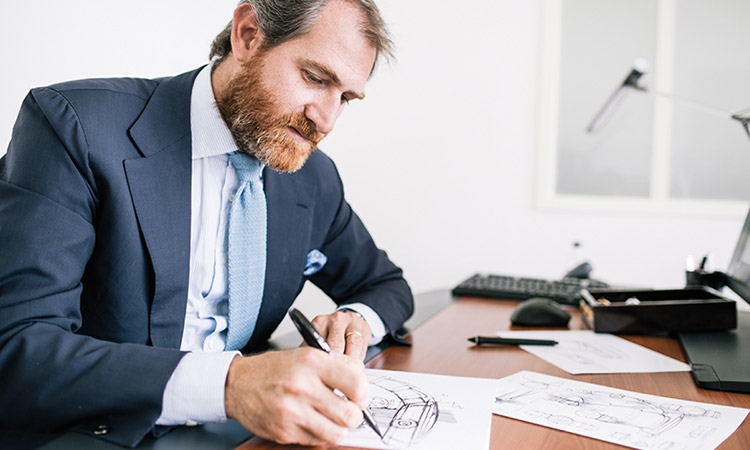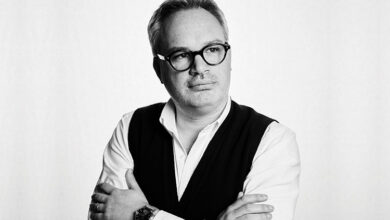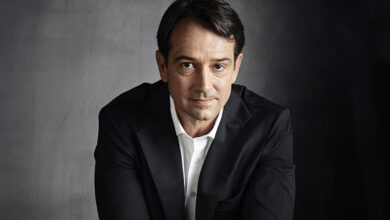Designing a Bvlgari watch

Bvlgari watch
On the side lines of Dubai Watch Week, “Day & Night” magazine asks Fabrizio Buonamassa, Senior Director – Watches Design Center, Bvlgari, on the intricacies of designing a Bvlgari watch
Can you tell us about the GPHG awards and how important it is to Bvlgari?
It is very important to us because it is a gift that we – each of us in the Manufacture – receive in recognition of our efforts. All of us have been working very hard for more than five years, creating several movements at the same time; we are very happy to receive this gift.
What were the changes that were made when Jean-Christophe Babin took over as CEO of the brand?
Jean-Christophe knows the market and the watch industry very well. He puts in great efforts to improve the brand; it is easy for us to talk to him about the industry, watch design, the people, and so on, as he knows all of it. He is of significant help to us; there is more push on categories and more focus on watches.

How difficult was it to integrate the DNA of Gerald Genta and Daniel Roth into a Bvlgari watch?
They are Bvlgari watches as they are designed under the Bvlgari umbrella. I joined Bvlgari in 2001, and my first assignment was to make replicas of the Octo’s bracelet and the dial of the Octo Grande Sonnerie. So this watch actually has a lot of Bvlgari input; it has our passion for geometry and fine detailing.
The idea was to reinterpret the Gerald Genta and Daniel Roth products. When you think of Gerald Genta, you think of the octagonal shape as he has designed the octagon for a number of brands, including his own. So we planned to design an octagonal watch, using our own and some freelance designers.
How much time did it take to design the watch?
It took us around 3 or 4 years to develop the right case, leather case, bracelet, and the Bvlgari logo on the dial. We changed the dial completely, retained the steel bracelet; we had the different sizes and the various movements, and we introduced the hours, minutes, and seconds with the base calibre. We managed the Octo in a Bvlgari way. It was easy in terms of design, but difficult in terms of the movement and placement of various components in that shape.
How did you feel when you saw the first prototype of this watch?
That moment is very exciting; the first prototype in plastic is the moment when you wear the actual watch on your wrist and you know whether it will work or not. Then comes the fine-tuning of the minor details and the making of the metal prototypes – first in brass and later in gold.

How important is the detailing in the watch?
It is very important because it is the thinnest minute repeater, tourbillon, and automatic movement. The challenge was to take this architecture and render it in the thinnest possible execution. It was not just the movement that took time; even the development of the case, the dial, and the bracelet was a long process.
How hard is it to meet the demands of technicality and design seamlessly?
My job is to play with constraints; without the constraints and scales, my job of developing a product doesn’t make sense. For instance, as it is the thinnest minute repeater, the gongs are very small and we needed a material to emphasise the sound. Titanium is the best material for this as it is very hard and has a different feel to it. As we have our own manufacture, we can play with design. Our major challenge today is to work with watch masters who seek to push boundaries and still remain true to our heritage.
Can you give us hints on what is next for the marque?
We will continue to focus on our pillars: the Finissimo, the Serpenti, and the Lvcea.
How do you feel about being seen as ‘the most creative head of design’ by a number of leading watchmakers in the industry?
That is a great compliment; I live in Neuchâtel, and am not in the inner circle of watchmakers. I just do my job in the best possible manner and try to portray the brand in a different way every time.





